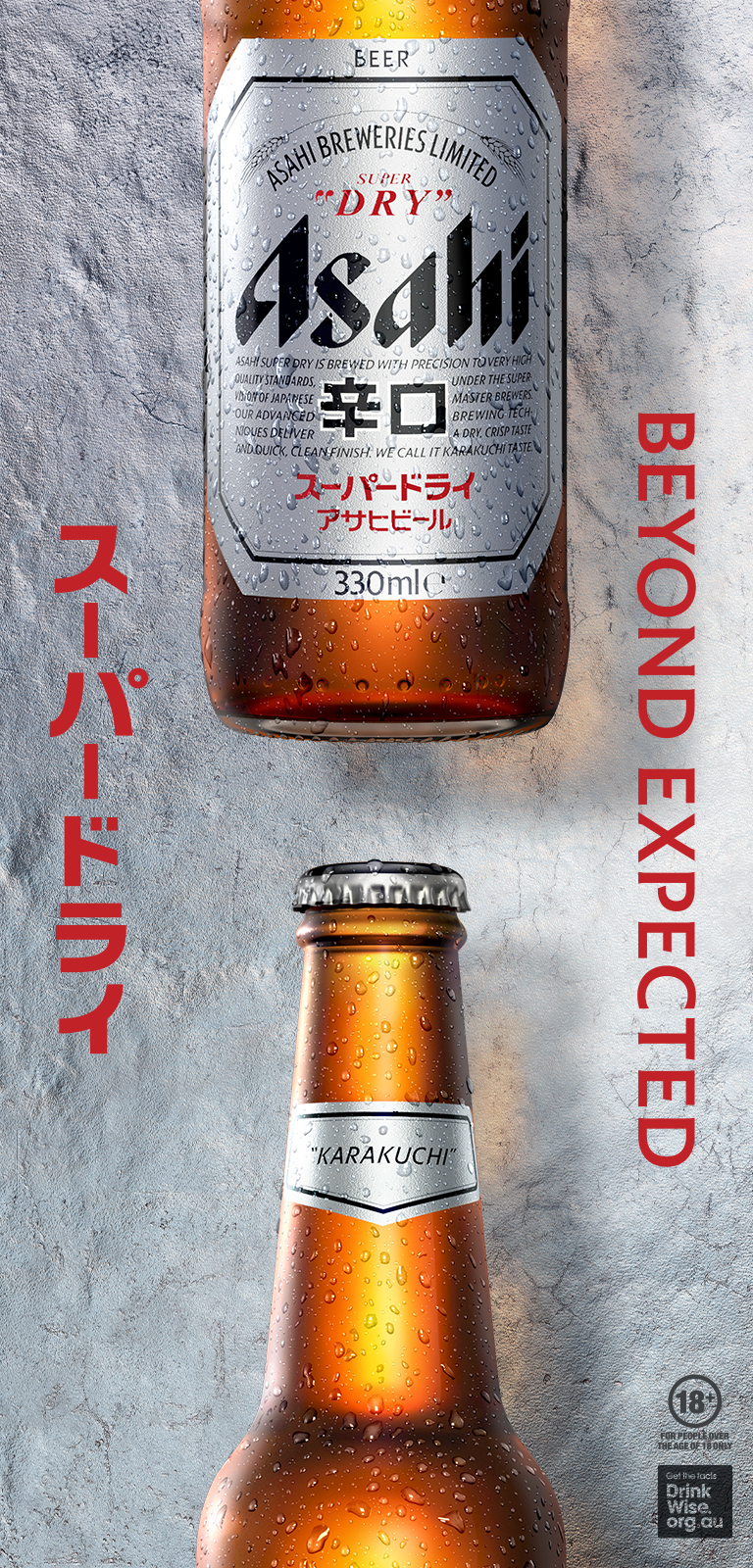According to an analysis by IWSR, there are five key differences in the factors driving the growth of tequila compared to gin. These differences are expected to position tequila for faster and more sustained growth in the coming years.
Market Mix:
- Gin's growth is geographically diverse, but the boom in key markets like the UK and Spain has reached a plateau.
- Tequila relies heavily on the US market, which accounts for over 60% of global volumes. However, agave spirits are experiencing dynamic growth in many countries, including the UK, Spain, Australia, Japan, and Canada.
Product Type:
- Gin's growth relies on innovation, such as the craft gin movement and diverse flavour profiles.
- Tequila offers inherent diversity with different age categories (blanco, reposado, añejo, extra añejo) and is less dependent on flavour innovation.
Price Range:
- Tequila spans a broader pricing range than gin, with growth in the US occurring in super premium and premium segments.
- Tequila's liquid and aging classification justifies higher pricing, while gin faces challenges in achieving prestige status.
Consumption Occasions:
- Gin's growth is driven by the aperitivo/early evening occasion, catering to lighter and refreshing drinks.
- Tequila has evolved from a late-night, high-energy option to sophisticated cocktails and high-end sipping.
Provenance and Authenticity:
- Gin can promote provenance and authenticity cues but can be made anywhere.
- Tequila production is legally restricted to a specific geographical area, enhancing its provenance and authenticity appeal.
Tequila's brighter future is underscored by IWSR's forecasts, with tequila volumes (excluding Mexico) expected to grow at a CAGR of +9% between 2022 and 2027, outpacing gin's +3% CAGR (excluding the Philippines).
In response to this growth, José Luis Hermoso, IWSR research director, Central and South America encourages tequila brand owners to explore nascent tequila markets outside the US and Mexico. Gin producers, on the other hand, must emphasize differentiation in a competitive market and consider portfolio rationalization to prioritize investments.
Share the content










